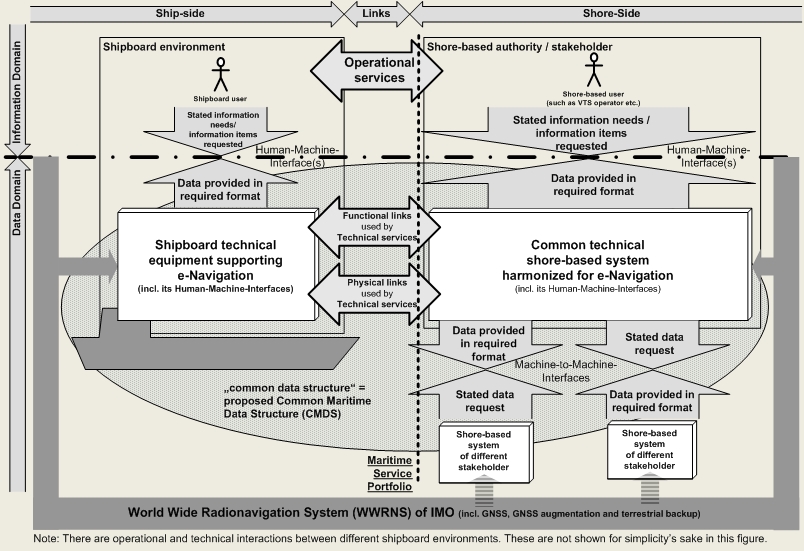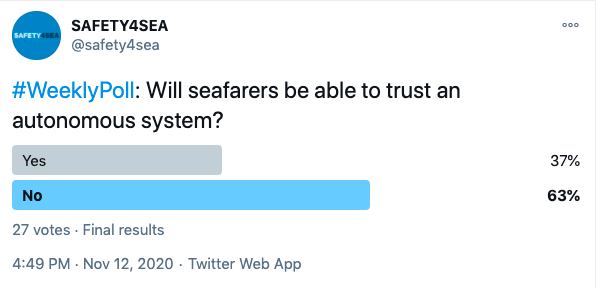In today’s smart environment, e-navigation remains a controversial subject of discussion, with some supporting that its aim is to assist operations, while others believe that seafarers may find it difficult to trust an autonomous system.
Technology in the shipping industry is constantly evolving. Considering the presently used technology and those that are expected in future, a common system is required which would bring together all the tools in a systematic manner at one place.
To assist the industry in this goal, the IMO launched its e-navigation strategy implementation plan.
IMO’s e-navigation Strategy Implementation Plan
According to the IMO, e-navigation is defined as “the harmonized collection, integration, exchange, presentation and analysis of marine information on board and ashore by electronic means to enhance berth to berth navigation and related services for safety and security at sea and protection of the marine environment.”
IMO’s e-navigation Strategy Implementation Plan (SIP) sets out 5 prioritized e-navigation solutions, as:
- improved, harmonized and user-friendly bridge design;
- means for standardized and automated reporting;
- improved reliability, resilience and integrity of bridge equipment and navigation information;
- integration and presentation of available information in graphical displays received via communication equipment; and
- improved Communication of VTS Service Portfolio (not limited to VTS stations).

Currently, the industry is firmly supporting innovative projects and ideas, while BIMCO forecasts that by late 2021 the first generation of cargo-carrying autonomous ships will be operating within the territorial waters of some countries. Yet, as autonomous vessels haven’t been put in full operation around the globe, it is understandable that that the maritime sector is still holding back when it comes to autonomous technology and smart vessels.
Facts from SAFETY4SEA’s e-navigation poll
As a matter of fact, at a recent #weeklypoll conducted by SAFETY4SEA many where those that supported that seafarers will not be able to trust an autonomous system.

Specifically, 63% of the respondents voted that seafarers will not be able to trust autonomous systems, while the remaining 37% supported the opposite.
Referring to the challenging relationship between seafarers and autonomous technologies, Mr. Dimitrios Lyrakos, Chief Executive Officer, ASCOT Consulting LTD, noted that the maritime industry is probably the most resistant in technological advances. He argued that nevertheless, change is inevitable.
Building in trust is a major step the industry should focus on; Seafarers have to understand that from now on, smart solutions will be a huge part of the sector, and should gasp that seafaring should stay relevant by following the changes and going with the flow.
What the industry needs is a training for seafarers, focusing on the technical as well mental issues arising by the technological changes.
Training will ensure that seafarers are prepared and ready for the changes that are coming. In that way, they will be able to trust autonomous systems and be educated enough to know the pros and cons, while also show that seafaring is not a traditional job, but a continuously evolving profession.
Do you remember the key differences between autonomy and automation?
Automation does not need any human presence, while autonomy needs human operators either onshore or onboard.






























































